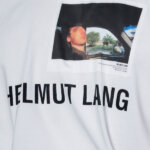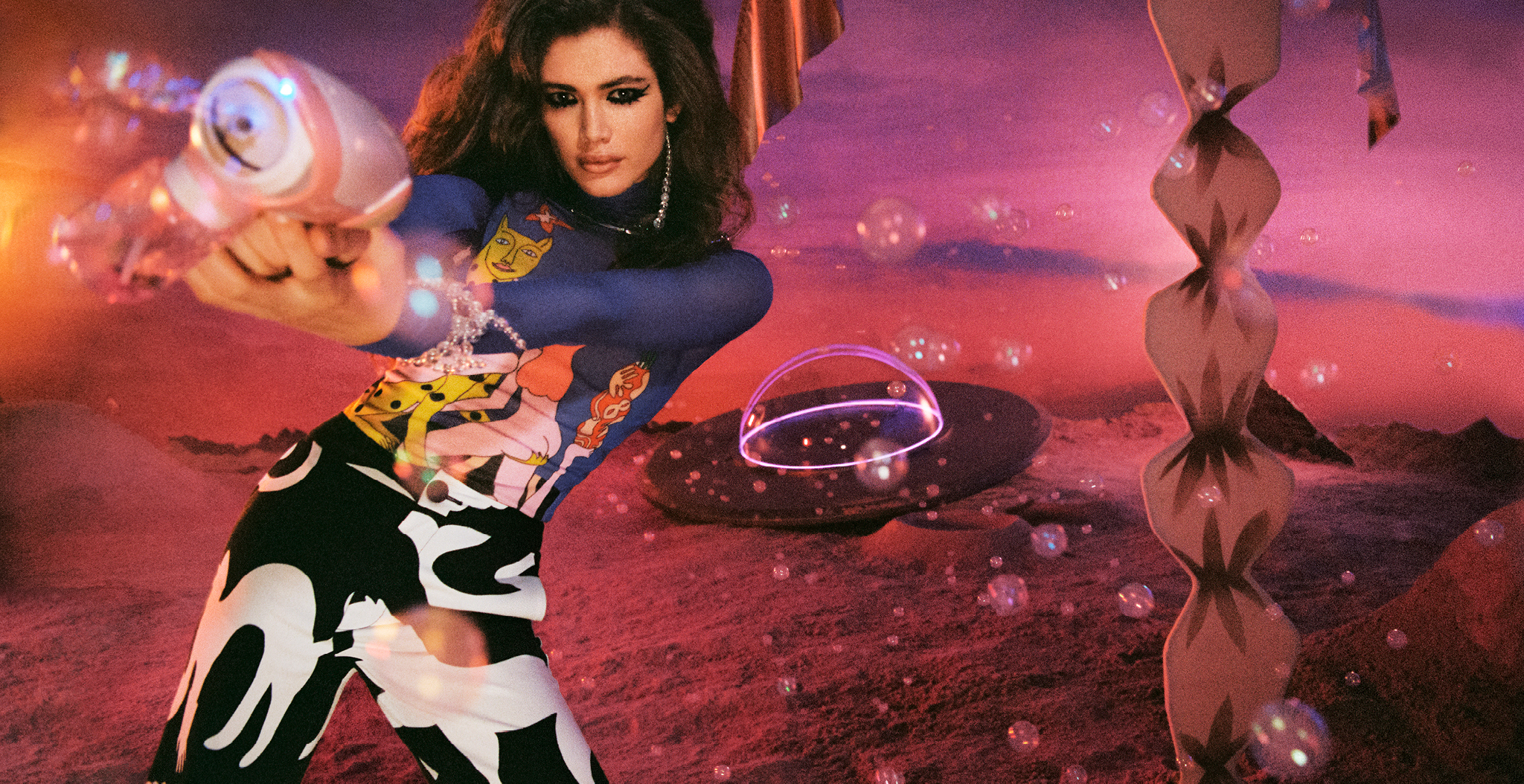Can Helmut Lang Survive Another Creative Shake-Up?
After less than two years, Peter Do’s tenure at Helmut Lang has ended, marking another chapter in the brand’s revolving door of creative leadership. Hailed as one of New York’s promising talents, Do joined the house in 2023, hoping to modernize its storied minimalist legacy. However, despite his sharp tailoring and archival inspiration, his collections failed to connect with a new generation of consumers. As Helmut Lang skipped the Spring 2025 season and bid farewell to Do, the brand’s struggle to remain relevant in a crowded market became all the more glaring.
Why the Split Was No Surprise
Helmut Lang’s creative legacy is both its greatest strength and its heaviest burden. The brand’s DNA—minimalism with a conceptual edge—redefined fashion in the 1990s, but Peter Do’s attempt to channel this legacy felt overly cautious. Critics observed that his collections, while true to the Lang ethos, lacked the provocative energy that once made the house revolutionary. As a result, they failed to resonate with a younger, streetwear-obsessed audience or capture the kind of editorial dominance needed to reignite the brand’s cultural relevance.
The brand’s choice to skip the Spring 2025 fashion season also signaled trouble. Industry insiders speculated that it reflected broader struggles, from a lack of creative synergy to internal doubts about the direction of Do’s vision. In many ways, his departure feels less like a shock and more like the inevitable conclusion of a mismatched partnership.
Peter Do: What’s Next?
For Peter Do, the exit might actually be a blessing. Running his namesake label while juggling the creative direction of Helmut Lang likely spread his focus thin. His brand, known for its structured outerwear and contemporary reinterpretations of classic tailoring, has a devoted cult following. With this newfound time, Do could return to New York, refocusing his creative energy on his eponymous line, potentially elevating it into a major global force. His departure also reaffirms a trend: even the most promising young designers often struggle when asked to resurrect legacy brands weighed down by their past.
Helmut Lang: What’s Left to Save?
Helmut Lang faces an existential question: is there a future for a brand so reliant on the glory of its 1990s heyday? Since the founder’s departure in 2005, it has cycled through numerous creative directors, each attempting—and failing—to translate Lang’s avant-garde vision for modern audiences. Without a clear vision or consistent leadership, the house risks becoming an artifact, admired for its history but irrelevant in the present. Perhaps what it truly needs isn’t another revival attempt, but a radical reinvention—or even a retreat from fashion week entirely to rebuild itself from the ground up.
One has to wonder if Helmut Lang’s constant reboots reflect a deeper industry issue: legacy brands clinging to their archives while chasing fleeting trends, often to their detriment. While some, like Bottega Veneta under Daniel Lee, find renewed success, others, like Helmut Lang, remain caught in an endless loop of reinvention.
What Do Did Right
Still, it would be unfair to dismiss Do’s tenure as a failure. His reinterpretations of Helmut Lang’s archival codes—particularly his tailoring—were celebrated for their precision and wearability. He modernized Lang’s minimalism for the contemporary urban wardrobe, offering accessible pieces that balanced structure and ease. His debut collection, presented at New York Fashion Week in September 2023, successfully revived the brand’s ties to its New York roots, reminding many of its cultural significance. Moreover, his commitment to inclusivity and sustainability echoed Lang’s original ethos of challenging conventions.
His ability to infuse Lang’s DNA into quietly luxurious pieces, like tailored blazers and utilitarian outerwear, highlighted his talent for subtle reinvention. Unfortunately, while his designs appealed to fashion insiders and loyalists, they failed to generate the kind of broader buzz Helmut Lang needs to reclaim its relevance in an increasingly competitive landscape.
In the end, Peter Do’s departure is more than a personal career shift—it’s a symbol of the precarious balancing act between heritage and innovation in modern fashion. Whether Helmut Lang finds its savior or quietly fades into history remains to be seen. For now, it seems like yet another chapter of a house unable to step out of its founder’s shadow.
After less than two years, Peter Do’s tenure at Helmut Lang has ended—an outcome that, for many in the industry, felt almost inevitable. Despite the initial fanfare surrounding his appointment, insiders and critics alike noted that Do’s restrained, contemplative approach might not align with the kind of bold revival Helmut Lang so desperately needs. With collections that leaned on the brand’s archives and subtle modernizations, his work was respected but ultimately failed to electrify the wider fashion market.




























